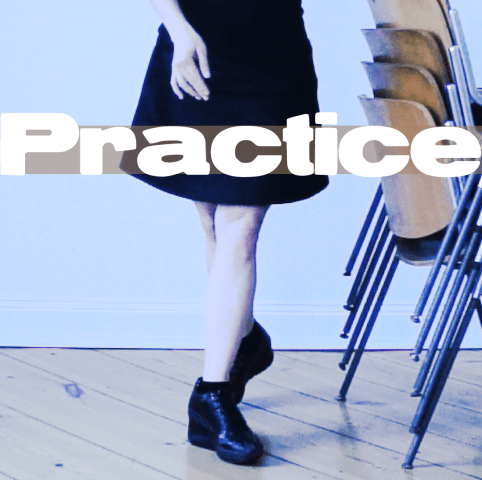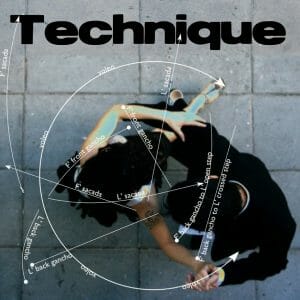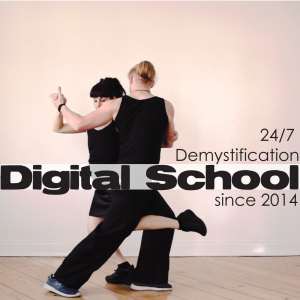One of the first things you’ll notice as a tango student is that each teacher has not only their own style of communication, but also their own idea of what’s important about tango and how to do it. Sometimes they even seem to contradict each other. This can be confusing and frustrating to students.
The first thing to understand about this situation is that it’s only in the last two decades that tango has been taught verbally in a group situation. Before that, no verbal pedagogy existed. Leaders learned first by watching and then as a follower, in the arms of another leader. Perhaps they spoke informally, using metaphors of animals and Casanovas, they taught by making sounds which were supposed to elicit a particular set of reactions in the body. Followers also learned in the arms of leaders. Friends may have whispered a few secrets, but these were closely guarded.
“Cuatro animales! Cuatro, cuatro animales!” He had obviously thought it over, and prepared a lesson plan to help me. “Uno…Gato!” he started the step, “Dos! Garza!” I finally figured out he meant stork, or crane… “Todo pesado, un pie!” “Tres… ELEFANTE!!” The foot comes down. “Cuatro, (raising and lifting his torso proudly like an eagle) Aguila! Aguila!” I’ve been practicing it, and it actually makes a lot of sense. Begin the step, smoothly forward like a stalking cat, then a minute pause in the middle, at the heel to heel position, stretched very tall with, one leg raised slightly like a crane, the weight quiet and totally on one foot, then falling forward off the back leg to finish, caressing into the floor softly, but pressing firmly down like an elephant. Flat and solid on the foot.” {from Tango and Chaos}
Secondly, there is no international federation of tango teachers or certification system. Thank god, because innovative teachers don’t have to defy orthodoxy to do what they think works.
Famous professional tango dancers achieved their status because of the allure of their dancing, not any kind of training they had as teachers or athletes. When beautiful dancers are asked to teach they try to figure out what they are doing — what they say may be accurate or not, depending on how self-aware and articulate they are about their body. And if they are accurate, they could still not match up with students’ understanding of their own bodies and movement. Think about how many amazing artists, in different fields, are not able to translate their art into words. This is the problem faced by many dancers who have been asked to teach (and in their second language!)
As a result, teachers have come up with many different ways of articulating the same things, and different pathways to the same places. For example, it’s common to teach shortcuts to beginners. Many of these have to be unlearned as dancers become advanced. Another example is that posture and body mechanics are taught in a way intended to be easy to copy, but it’s not what the teacher himself, a professional dancer, is doing, because that is more complicated to explain.
One of the best accompaniments to your tango training is Pilates, which in a relatively short period of time will help you gain extensive awareness and control of your muscles and their relations. If you reach a point where you decide you want to be serious about tango, and especially if you are frustrated that you are not improving, consider a temporary diversion of your tango lesson budget to Pilates. With more body awareness and control, you will be able to improve much faster in tango. My links page includes recommended Pilates studios.













